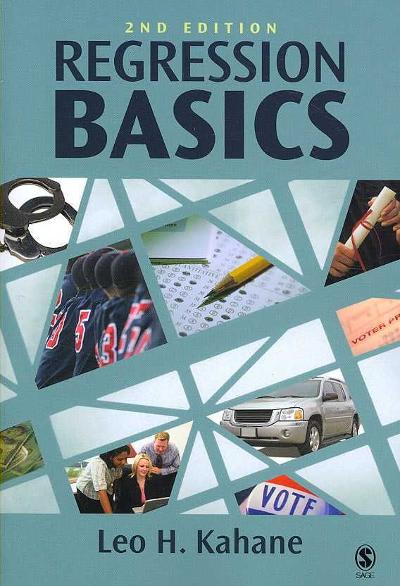In your original post, summarize the disorder you are focusing on. Include proper in-text citation of the source you are basing your information on. Then,
In your original post, summarize the disorder you are focusing on. Include proper in-text citation of the source you are basing your information on. Then, provide a contemporary research article (within the last 10 years) exploring lexical performance (e.g., spelling, reading rate, comprehension, accuracy, etc) for that disorder. Summarize the relevant findings, what you find interesting, and how it directly relates to what is covered this week in language structure, processing, biological roots, discourse, etc).
To expert: is the study that I have summerize, can you suggest any concepts of language(such as processing, biological roots, discourse,) ? Thank you
Deep dyslexia is a subtype of dyslexia, which refers to a disorder related to reading that involves the occurrence of semantic errors. An individual with deep dyslexia displays symptoms that include challenges with reading aloud, making semantic errors, and experiencing a concreteness effect. (Al-Azary, H.et al., 2019)
Studies (Colangelo, Stephenson, Westbury, & Buchanan, 2003; Colangelo, Buchanan, & Westbury, 2004; Buchanan, Burgess, & Lund, 1996) indicates that individuals with deep dyslexia tend to get more confused about the meaning of words when they are presented with similar words or when a word has many related meanings.This suggests that their ability to understand the meaning of words is better than their reading ability. These studies also suggest that people with deep dyslexia have a semantic system that works well, even if they have trouble reading.
A contemporary study in 2019 (Al-Azary H. et al.,2019) aimed to investigate the effect of disrupted cognitive processes in deep dyslexia on metaphor comprehension, which refers to activating the meaning of a subject and object. For example, "that lawyer is a shark", "lawyer refers to the subject while "shark" refers to the object (Black, 1955; Gernsbacher, Keysar, Robertson, & Werner, 2001). G.L., the case in the study, was a client of deep dyslexia and was asked to rate the comprehensibility ofnewly written metaphors, literal statements, and anomalous sentences. Consequently, G.L. found the literal statements to be the most comprehensible and the anomalous sentences to be the least comprehensible. Besides, G.L. found it easier to understand metaphors that had fewer possible meanings. This suggests that GL was engaged in the task and his ratings reflected the comprehensibility of the sentences and people with deep dyslexia may have difficulty processing the multiple meanings of richly semantic metaphors.
Step by Step Solution
There are 3 Steps involved in it
Step: 1

See step-by-step solutions with expert insights and AI powered tools for academic success
Step: 2

Step: 3

Ace Your Homework with AI
Get the answers you need in no time with our AI-driven, step-by-step assistance
Get Started


